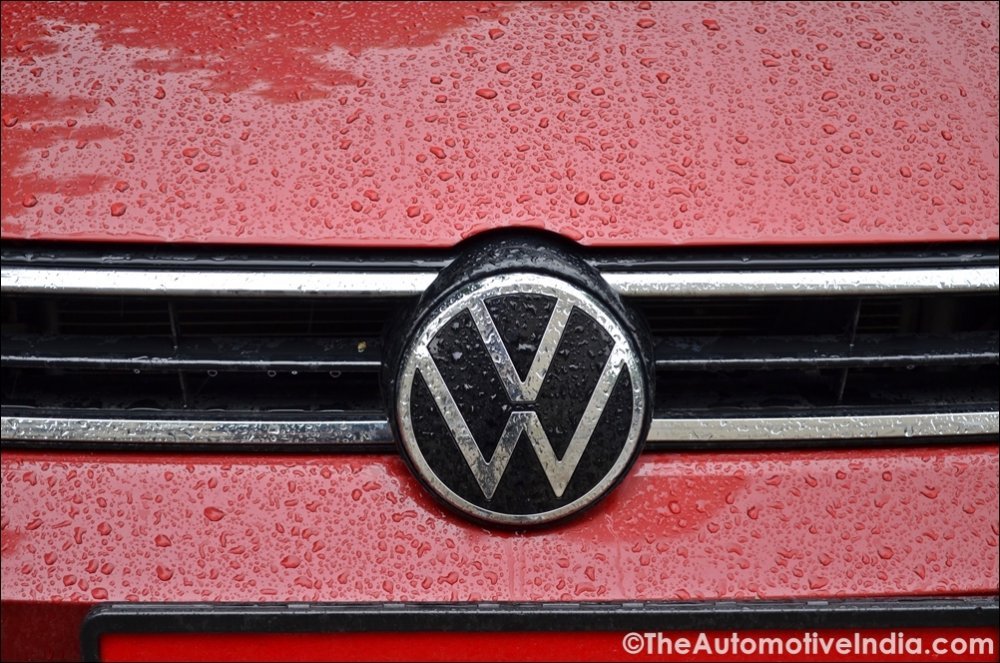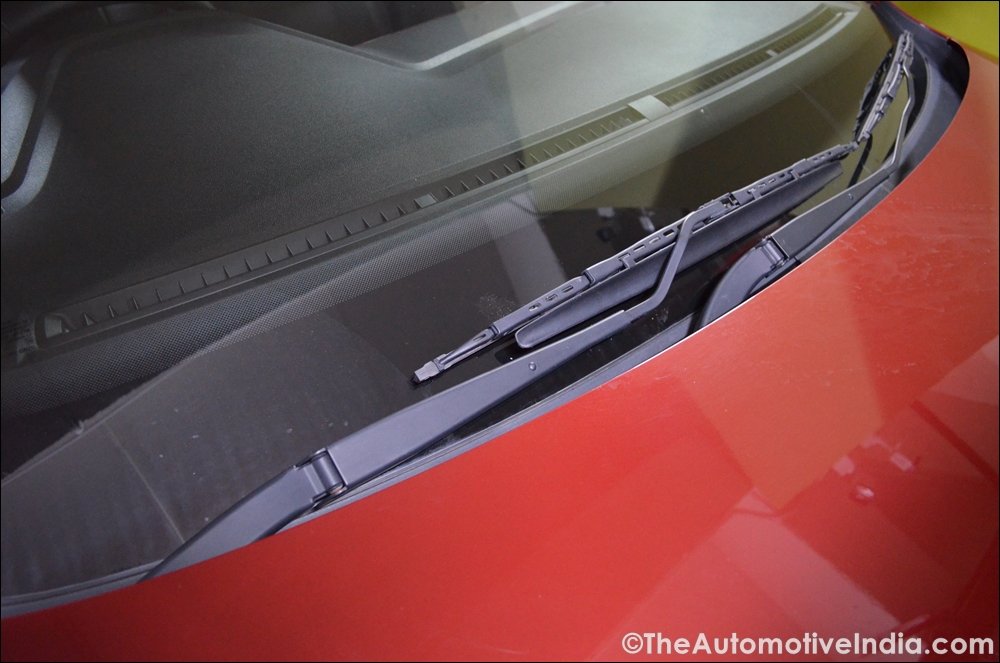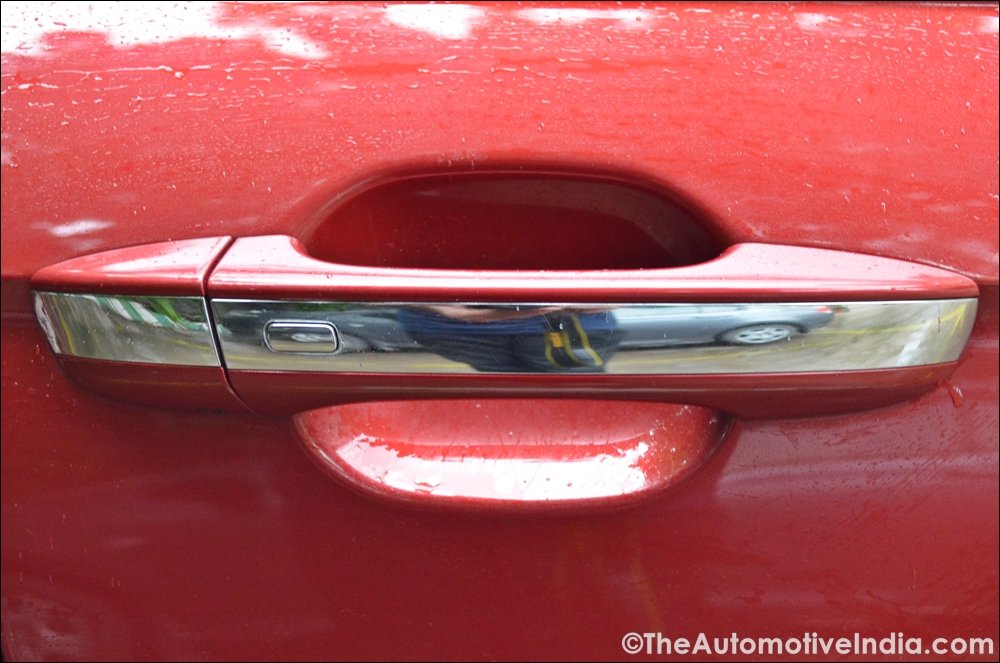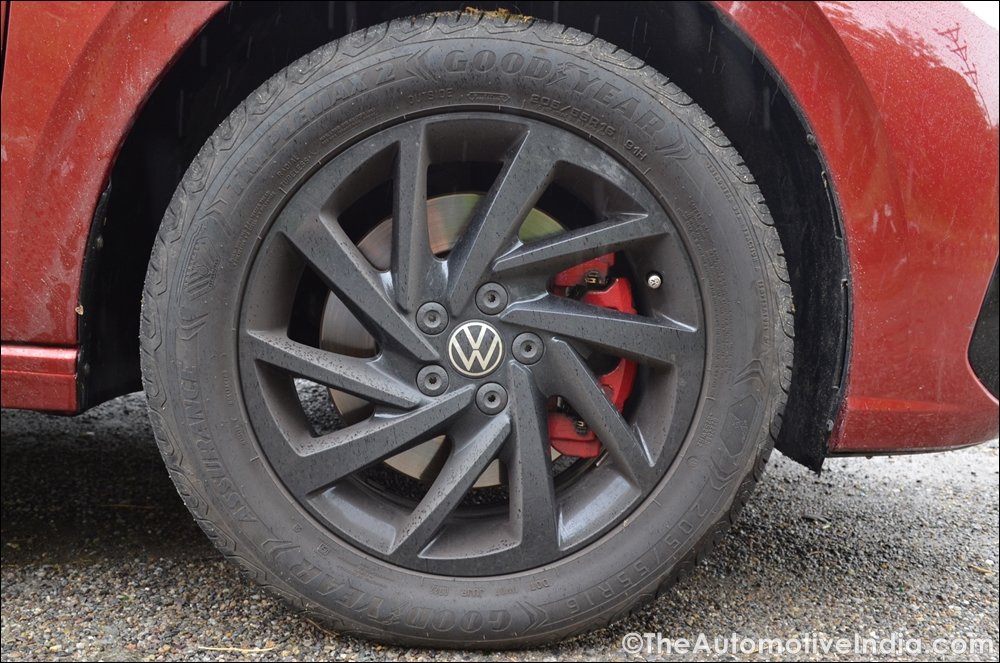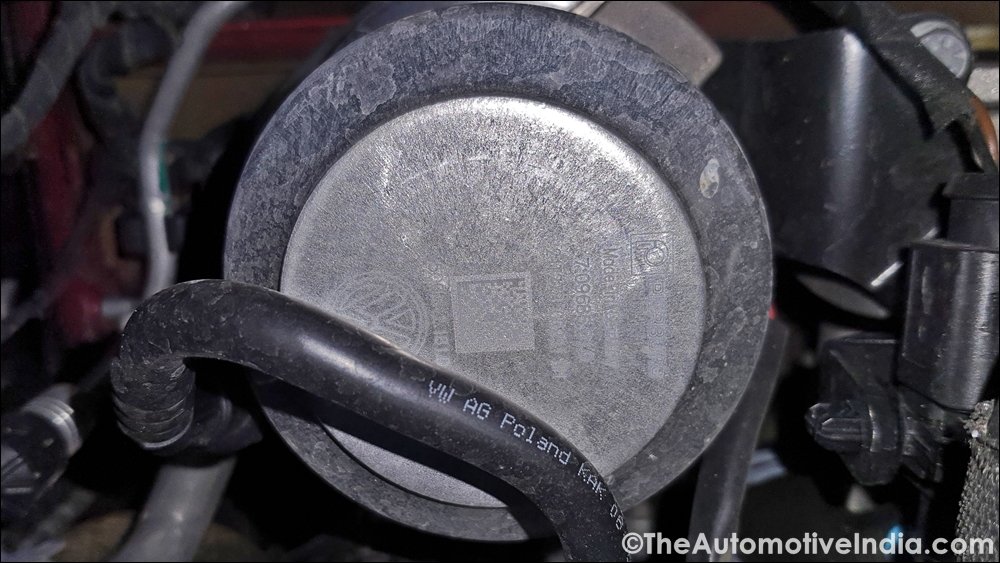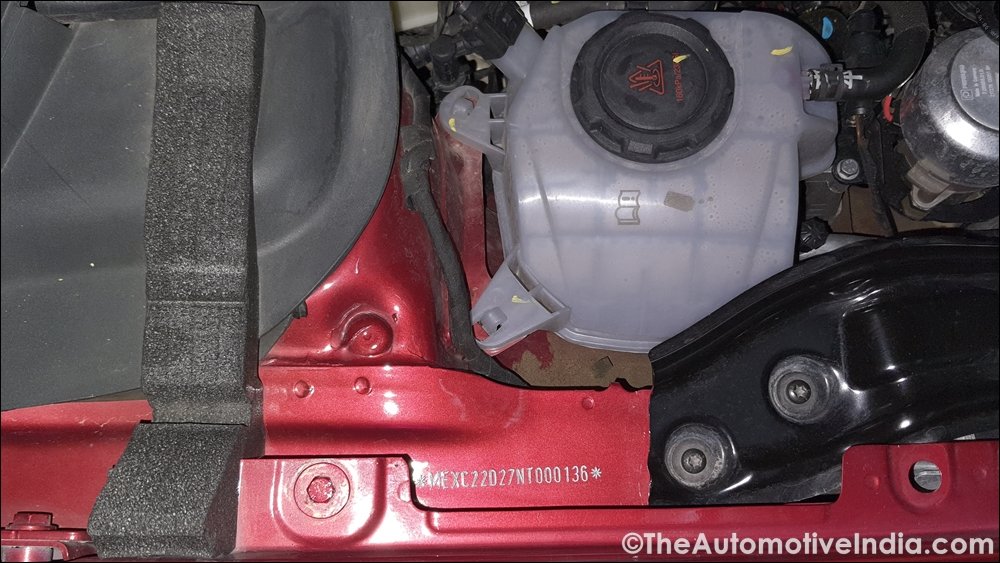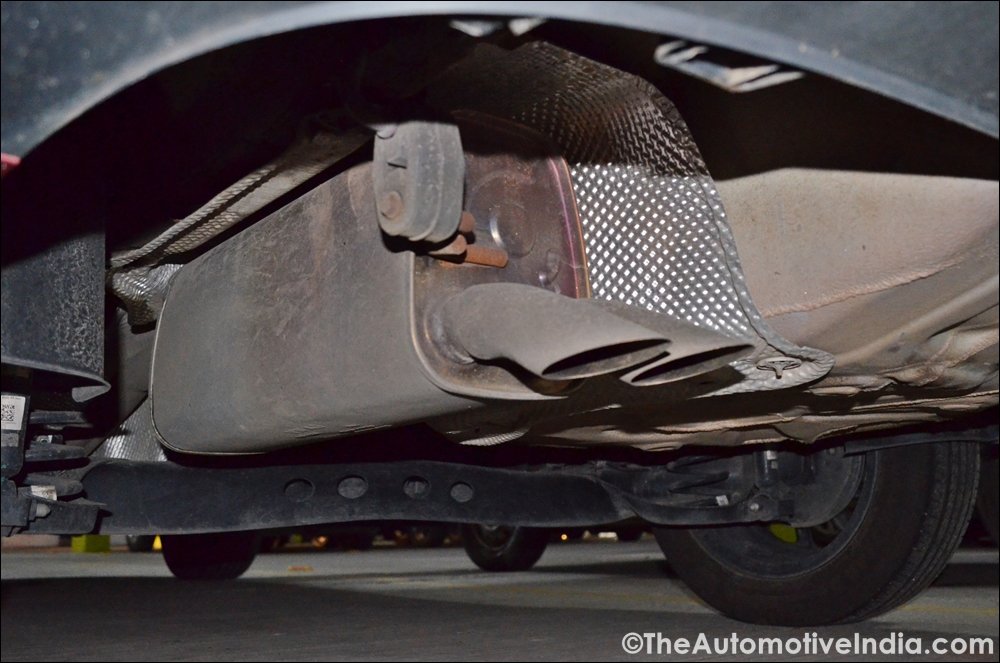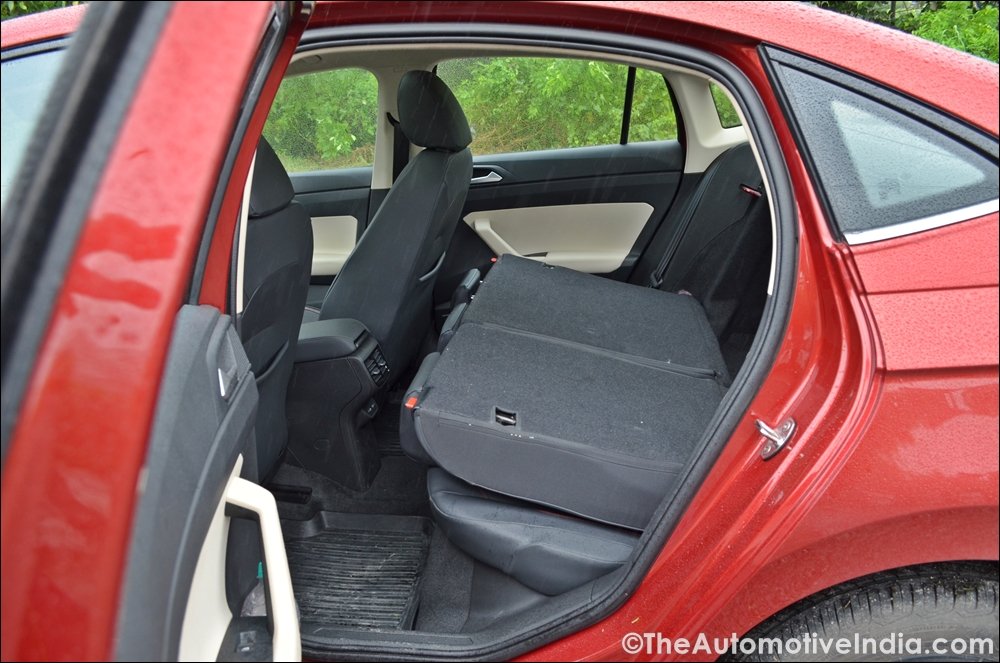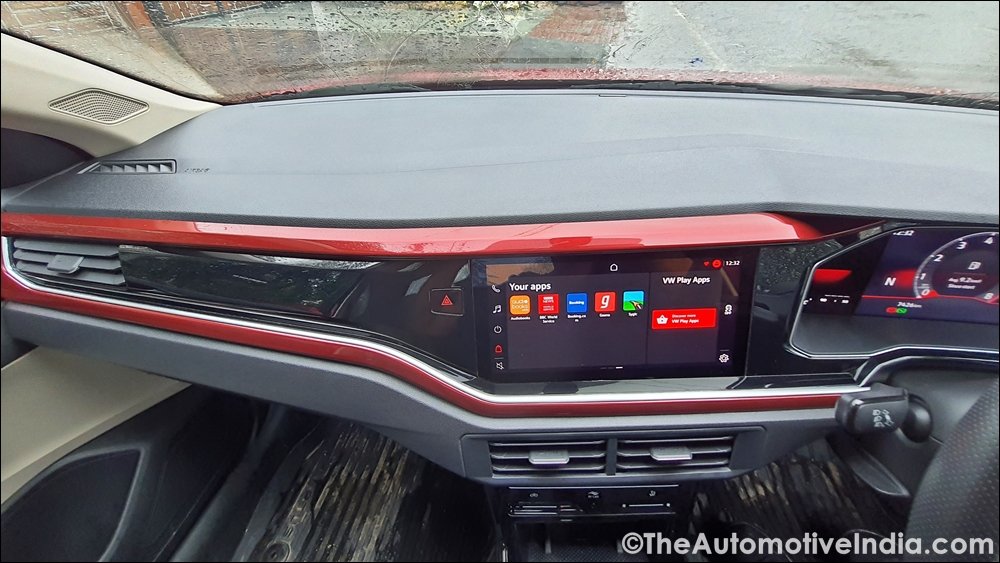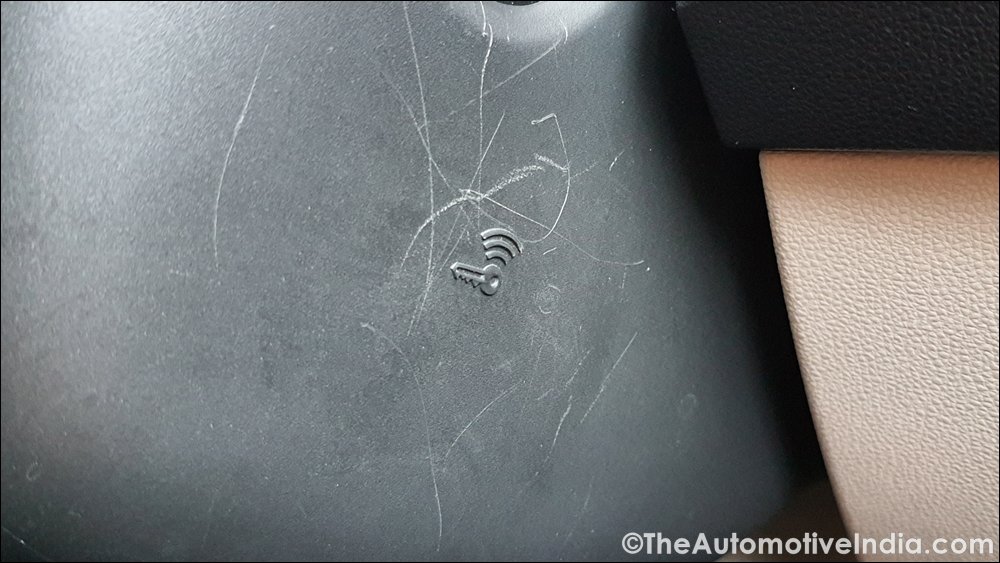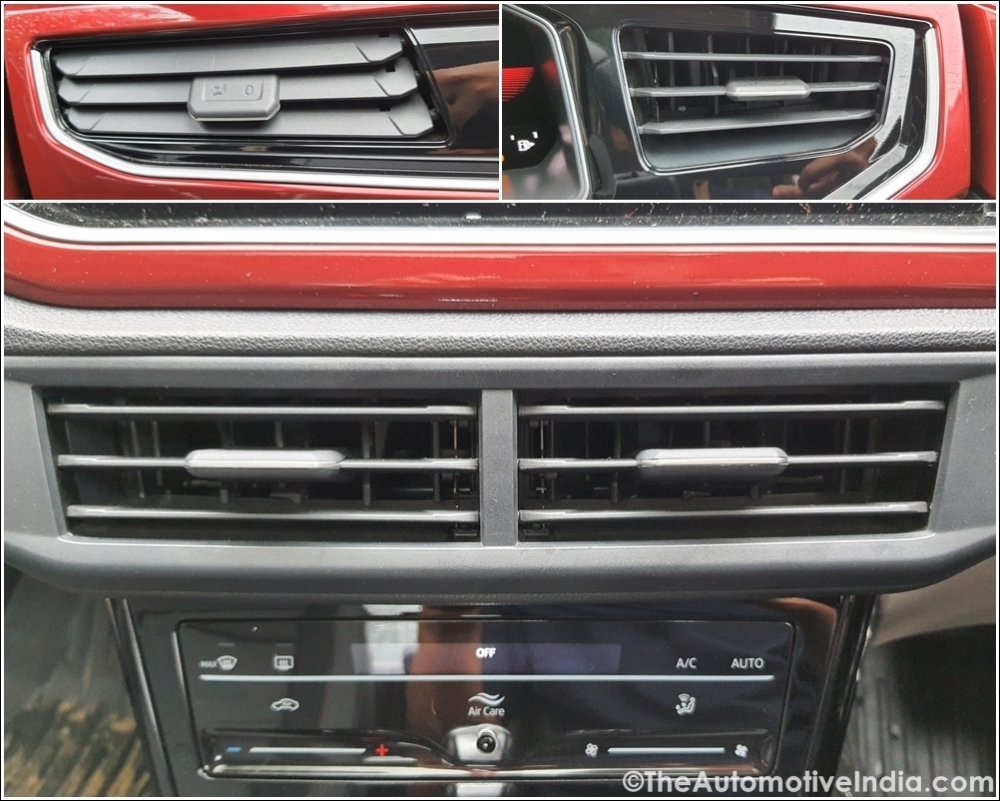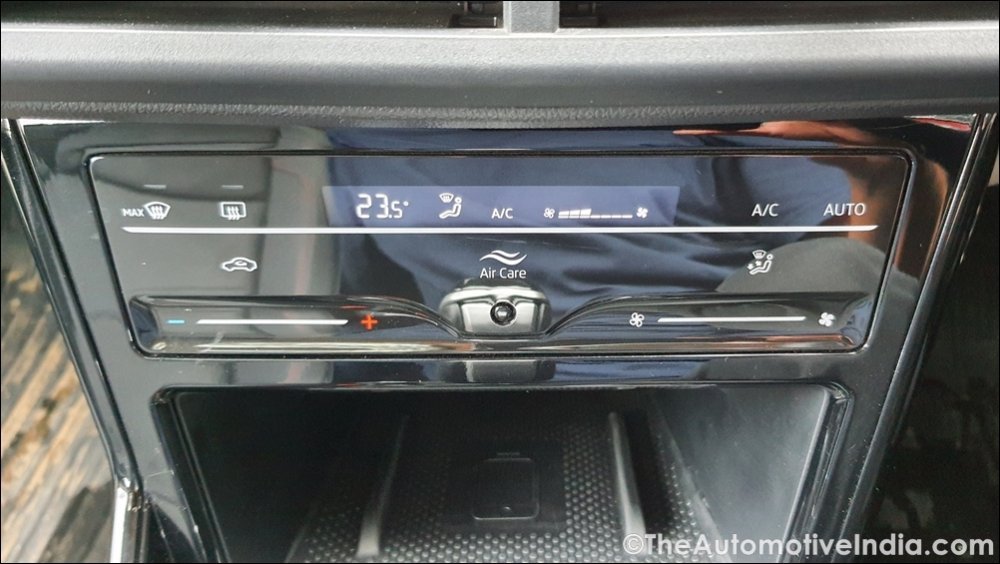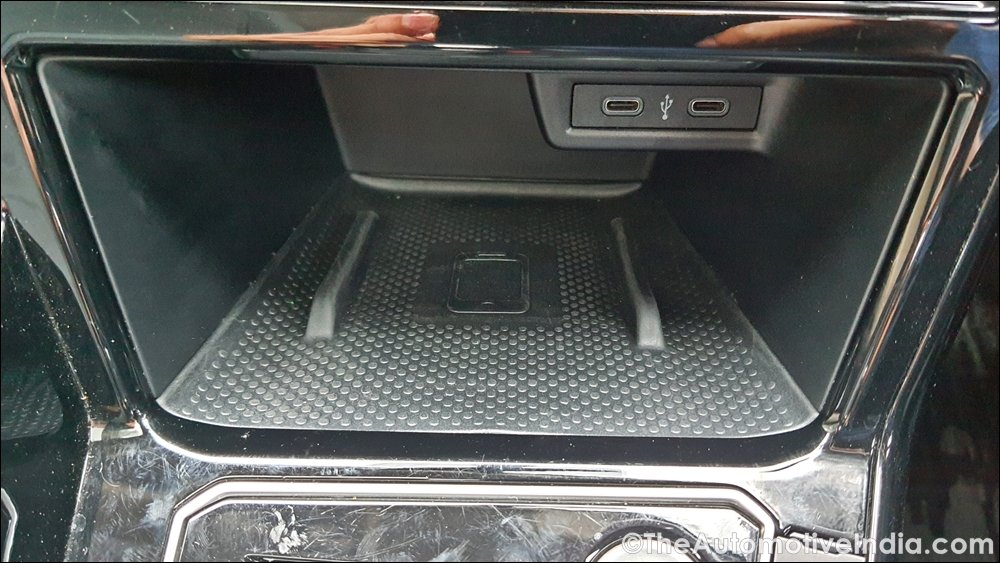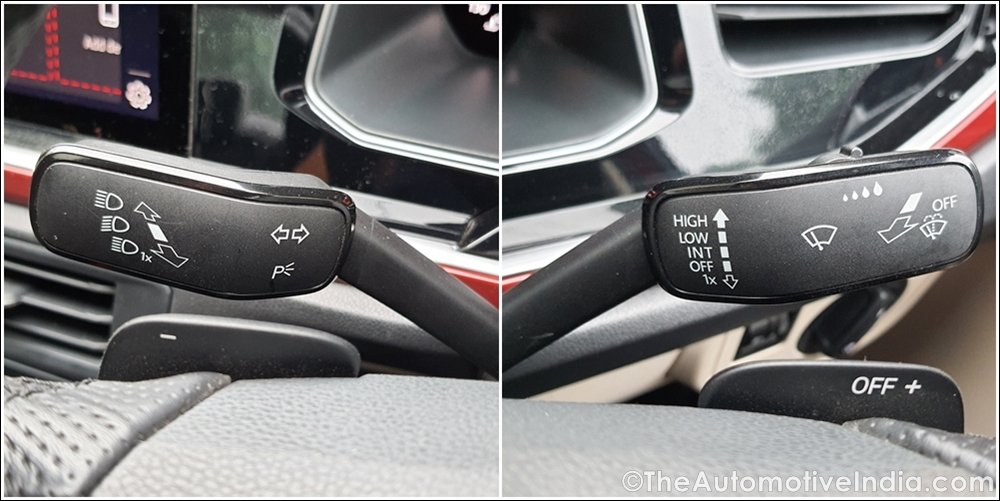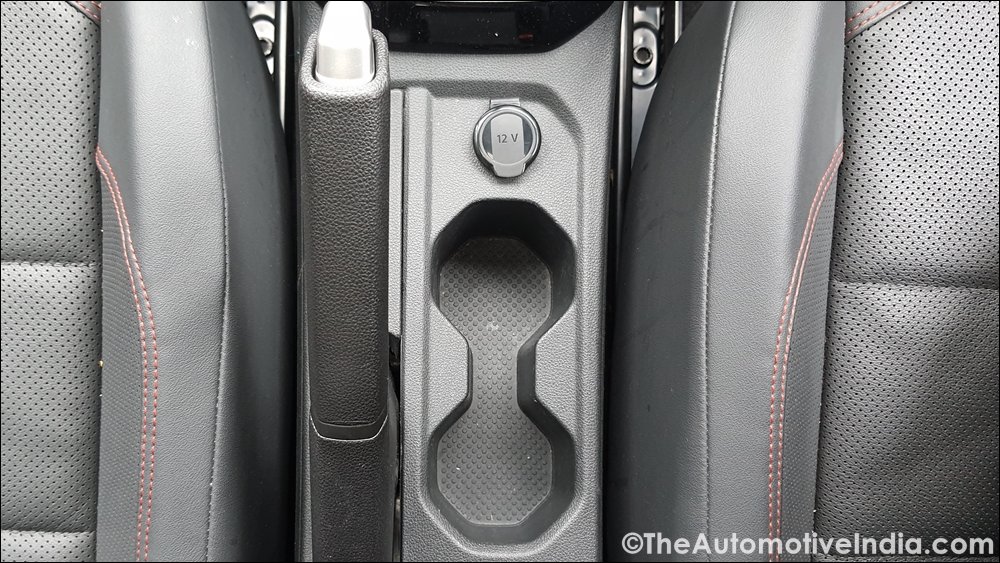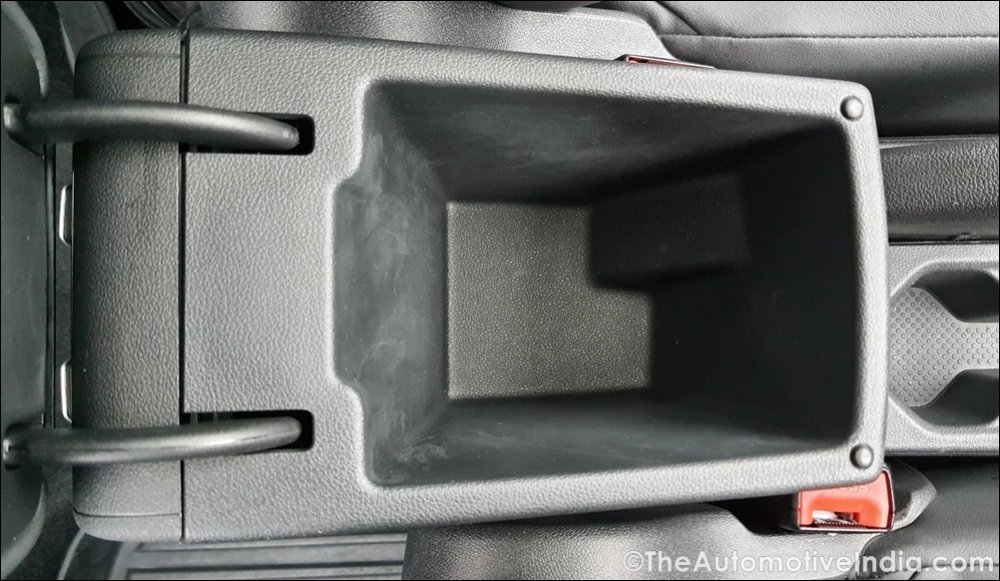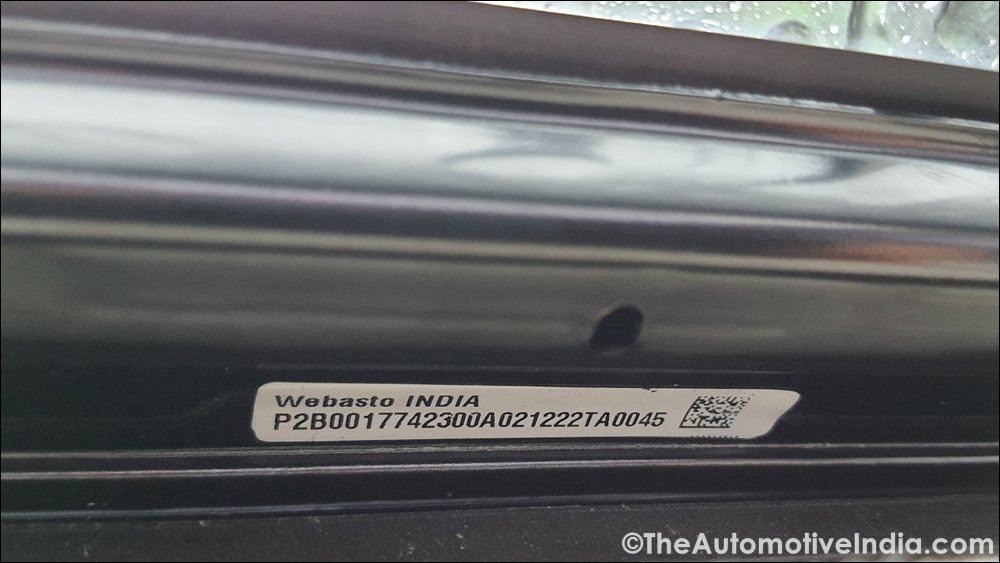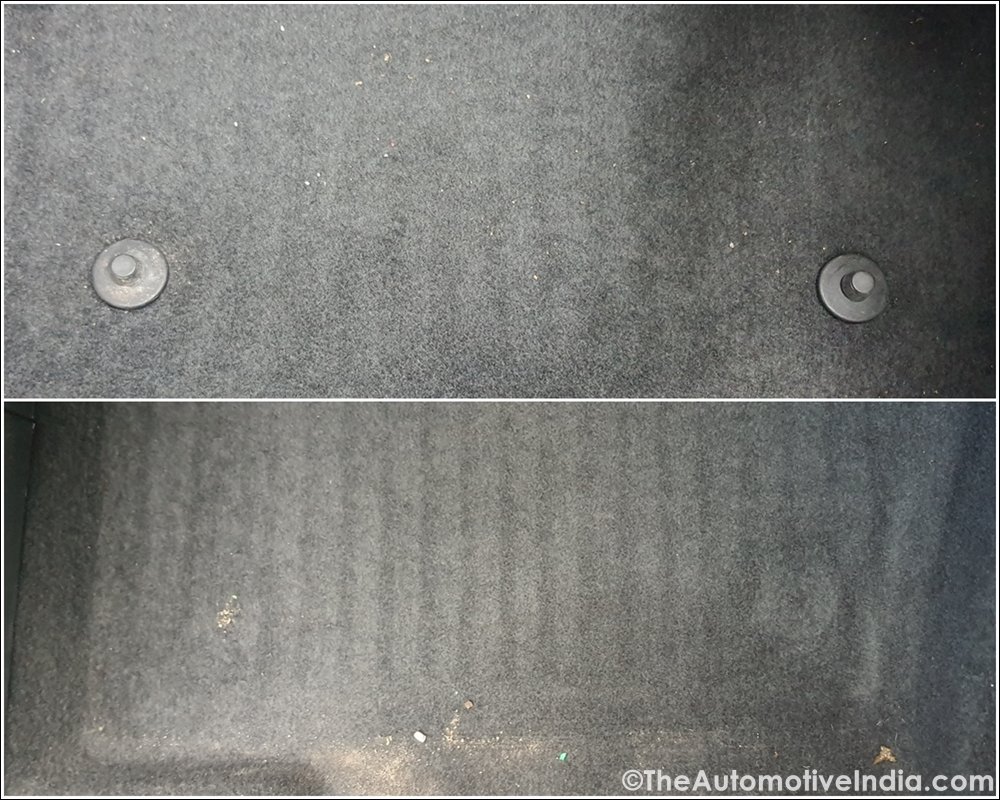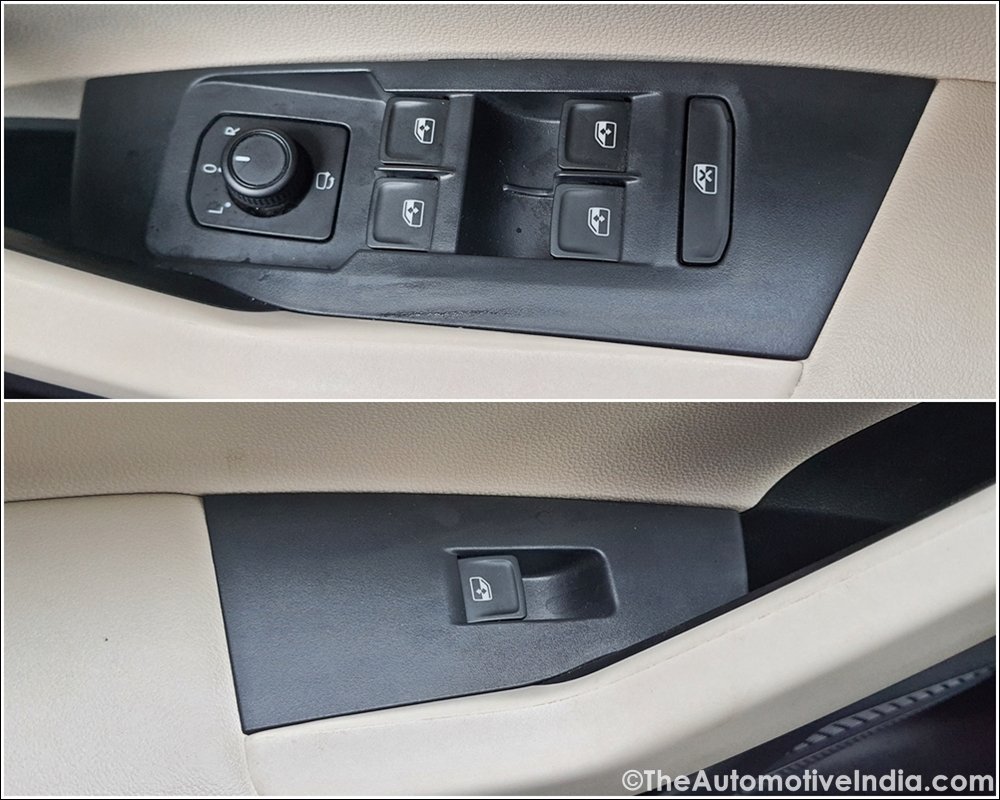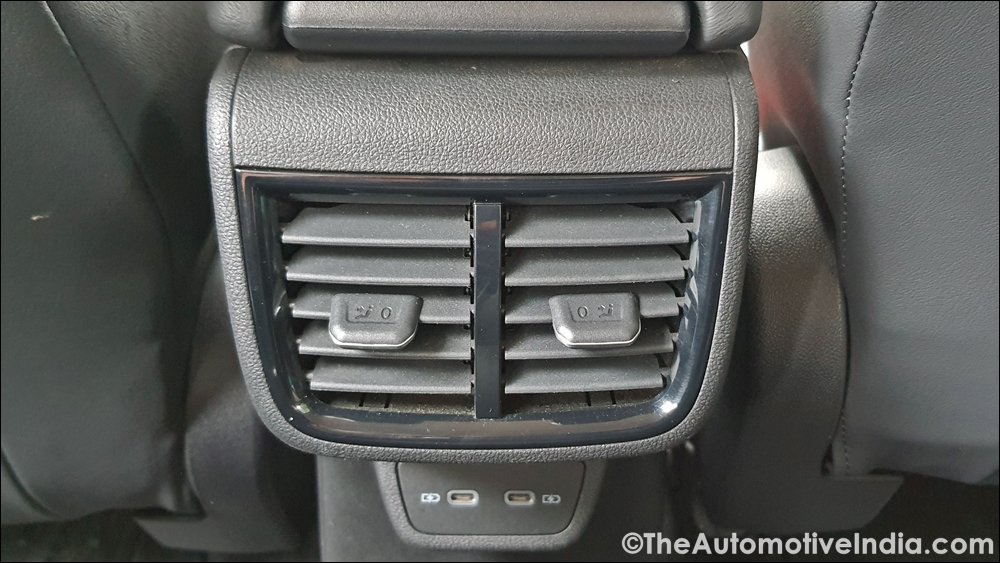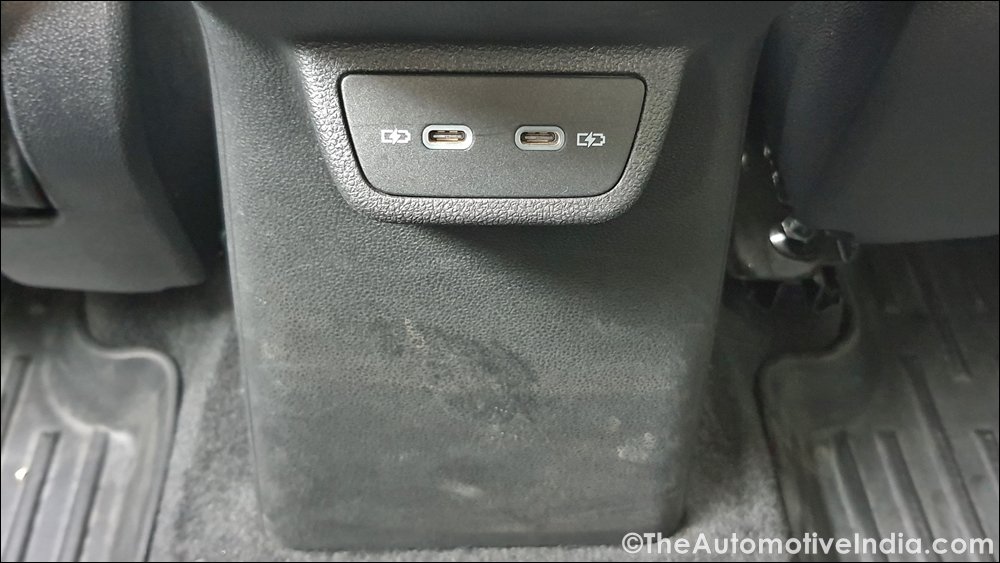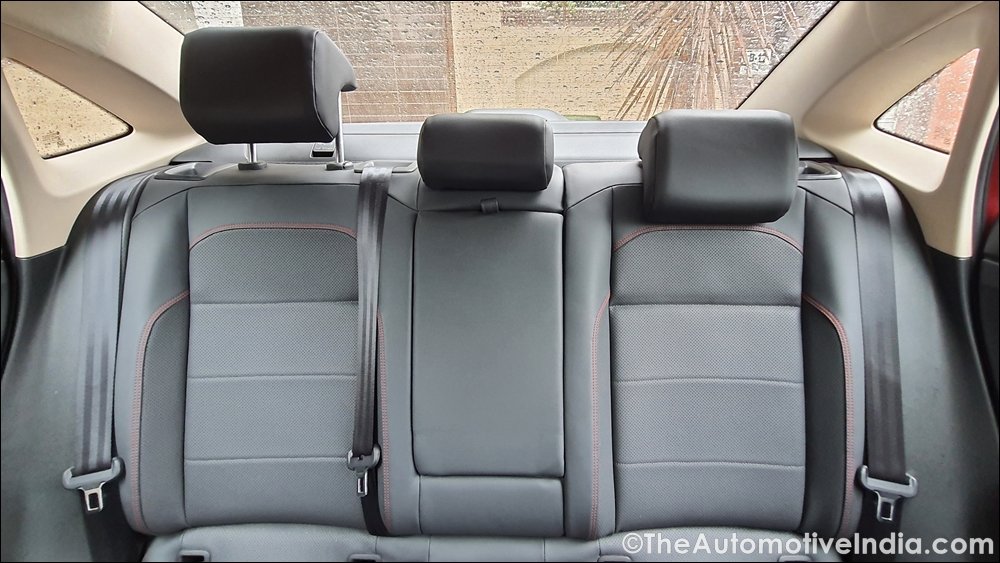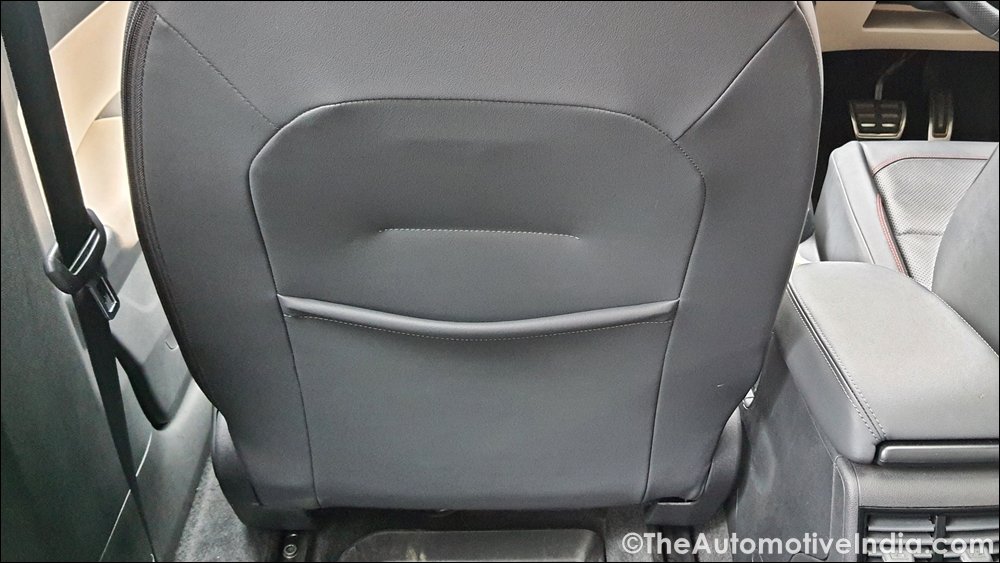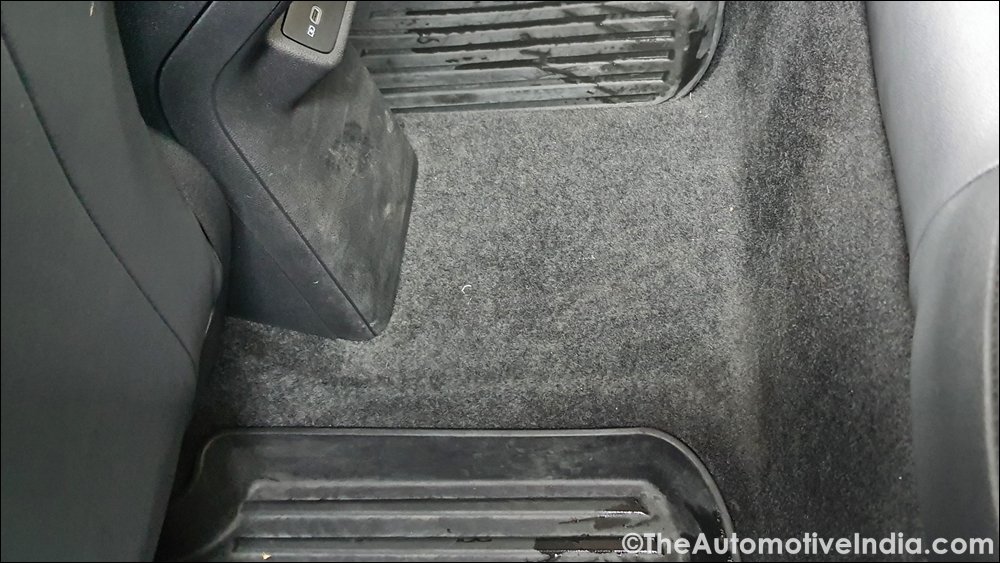As you’d have figured out, Volkswagen Virtus tops the segment in quite a few aspects. However, the real thing that truly makes it whole a lot more desirable package is equipped under the hood. There are two Petrol-only engine options to choose from. The familiar 1.0L TSi motor from its predecessor delivers 113.4 BHP @ 5,000 – 5,500 RPM and 178 Nm torque @ 1,750 – 4,500 RPM. It’s available with either a 6-speed manual or a 6-speed torque-convertor automatic transmission. On the flip-side, the enthusiasts will definitely not be able to resist the charm of 1.5L TSi powertrain. It generates 148 BHP @ 5,000 – 6,000 RPM and substantial torque of 250 Nm @ 1,600 – 3,500 RPM, labeling the Virtus most powerful sedan in its class. My only grouse is that there’s no manual gearbox offered with 1.5L TSi engine, while Skoda Slavia has one. The existing 7-speed DSG in itself is a superior setup, but petrolheads will agree that a manual would have multiplied the fun. Both engines are competent units, with a reasonable focus on fuel efficiency figures too. We’ve tested the 1.5L TSi and any experiences shared are solely in context to it. Going by user opinions, 1.0L TSi version is a peppy one and will do the job to satisfy occasional cravings on stretches. However, I’d still keep personal comments reserved until I drive one.
The 1.5L GT TSi is a 4-cylinder motor (opposed to 3-cylinders on 1.0L) with Active Cylinder Management system. It means that the second and third cylinders are not fired when engine is operating between low to medium loads and speeds. The efficiency is increased in active cylinders, while middle cylinders follow with practically no losses and are reactivated when the accelerator is pressed again. There’s indication on MID when the car is running on 2-cylinder mode, but the difference itself is not noticeable. To reduce fuel consumption, the engine is also equipped with idle start-stop technology that shuts it down when the car is stationary and quickly restarts when you’re ready to move. As a consequence, you’ll very frequently encounter the cranking noise while driving in cities. The 1.5L TSi is simply a breeze to operate right from the beginning. Releasing the foot from brake pedal is enough to get going in bumper-to-bumper traffic and power continues to build up linearly as the speed progresses. Direct-shift gearbox is butter-smooth with hardly noticeable upshifts, although downshifts can be sensed on some occasions. No second thoughts that this engine and transmission combination is a purely sophisticated one, but the reliability and maintenance costs of DSG in Indian conditions remain unpredictable.

In “D” mode, the car will be running on 7th gear on a neat stretch even before you know it. It also happens to be the safest course to extract reasonable mileage, in otherwise fuel-thirsty setup, which Volkswagen has nicely managed to fine-tune with ARAI-claimed fuel economy of 18.67 Kmpl. However, I still suspect if this figure can be achieved in regular driving conditions, as the MID of our test car showed anywhere between 12 – 14 Kmpl with mixed usage in city limits. This number further drops to single digit in no time when “S” mode is engaged. Ironically, that’s also the mode where maximum driving fun begins to happen. The real potential of 1.5 GT TSi becomes increasingly clear on open roads. It’s the “S” mode where car enthusiasts will anytime feel at home. The upshifts occur at 3K RPM, and engine becomes noisier but with a sporty note. You’ll enjoy exhilarating surge and gentle push on seat-back that comes upon suddenly flooring the accelerator. There’s never a question of running out of juice when driving out on the highways, even though that’s also when I started feeling a dire need of a manual ‘box. Just for reference, Volkswagen claims that Virtus can attain 0 - 100 Kmph in under 9 seconds and climb a top speed of 190 Kmph.
Talking about high speeds, the car remains extremely composed at any point of time. Steering response is precise and excellent handling capabilities therefore make overtaking maneuvers an effortless task in Virtus. Braking enhances the confidence further. All-around discs would have been appreciated; still with the current setup, a gentle tap on brake pedal alone is sufficient to demonstrate its responsiveness. The ride quality is well-sorted as well, giving a robust feel when running over the potholes, small or large. Volkswagen Virtus elegantly conquers the bad roads and speed breakers alike, bigger patches certainly can be felt, but overall, the car seems well put together while passing through them. As a sedan owner myself, I find the ground clearance a major advantage here (Unladen: 179 mm. Laden: 145 mm), which is similar to Mahindra XUV300. Honda City and Hyundai Verna have 165 mm in comparison. So, no more worrying of scrapping the underbelly over pot holes and speed bumps or while reverse parking on the kerbside. NVH, again, is totally under control with its finesse perceptible inside the cabin. As far as safety is concerned, Volkswagen cars are known for their tough build. Virtus doesn’t have an official crash test score yet but the recent
5-Star Global NCAP rating for Indian-spec Volkswagen Taigun and Skoda Kushaq adds a positive expectation to the already long list of 40+ safety features which this car is equipped with right from the base variant onward. Some of them on the GT trim include: Front, Side and Curtain Airbags, Anti-lock Braking System, Electronic Brake Force Distribution, Electronic Stability Control, Brake Assist, Brake Disc Wiping, Multi-Collision Brakes, Anti-Slip Regulation, Electronic Differential Lock etc.
One thing is sure, VW has not only upped its ante with launch of a wholesome package like Virtus, but at the same time shown consumers a life beyond SUVs and its competitors a niche for driver-oriented mid-size sedans.


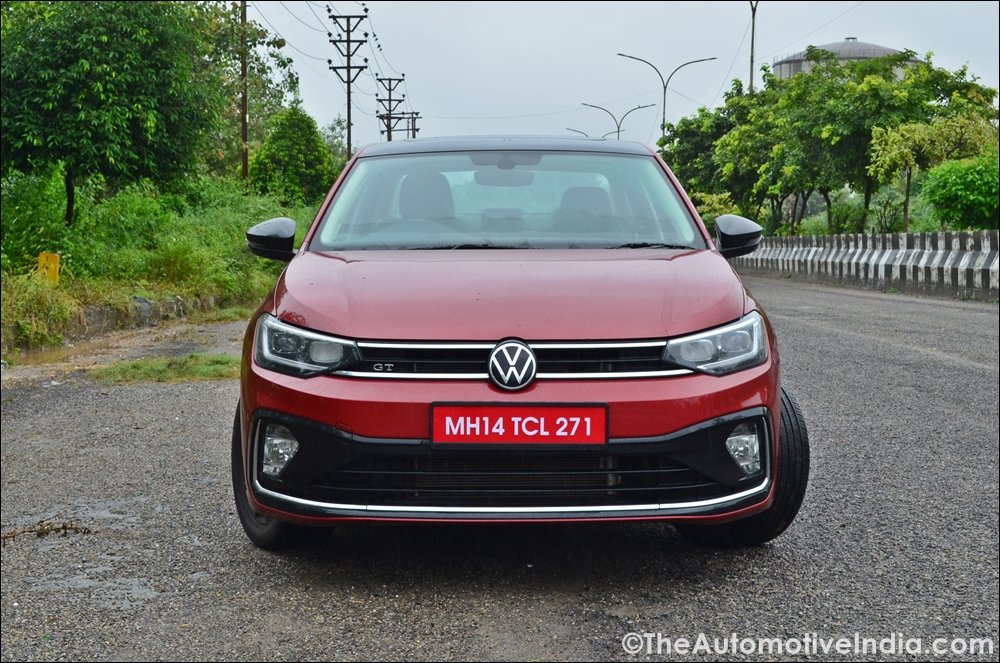

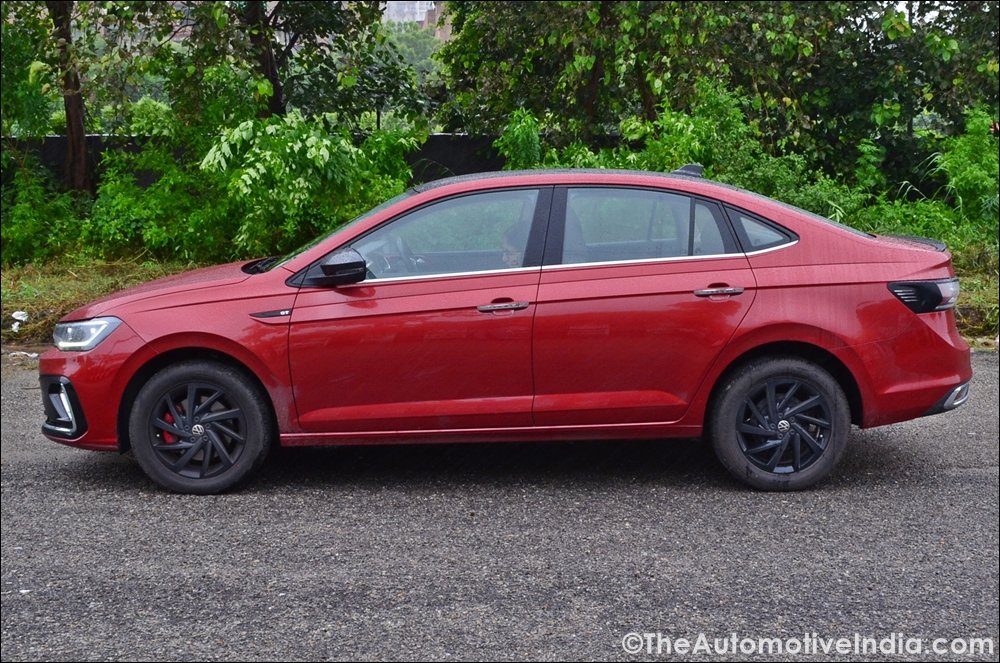

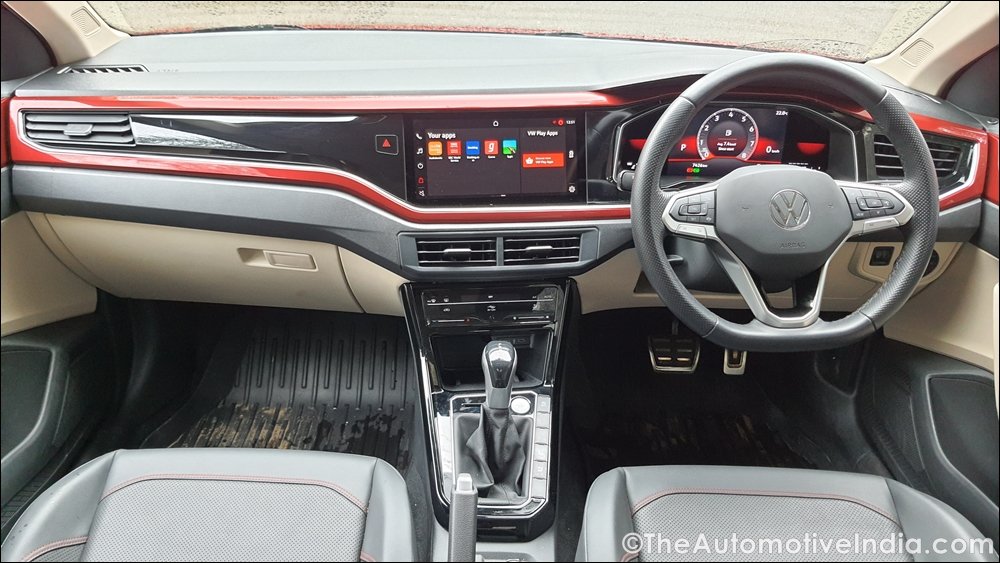

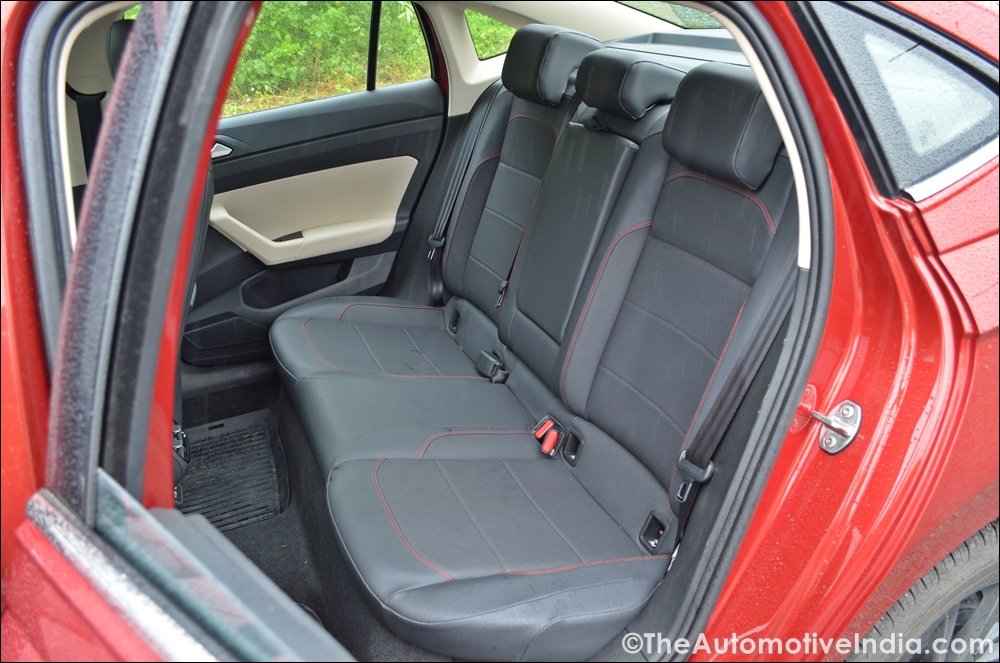
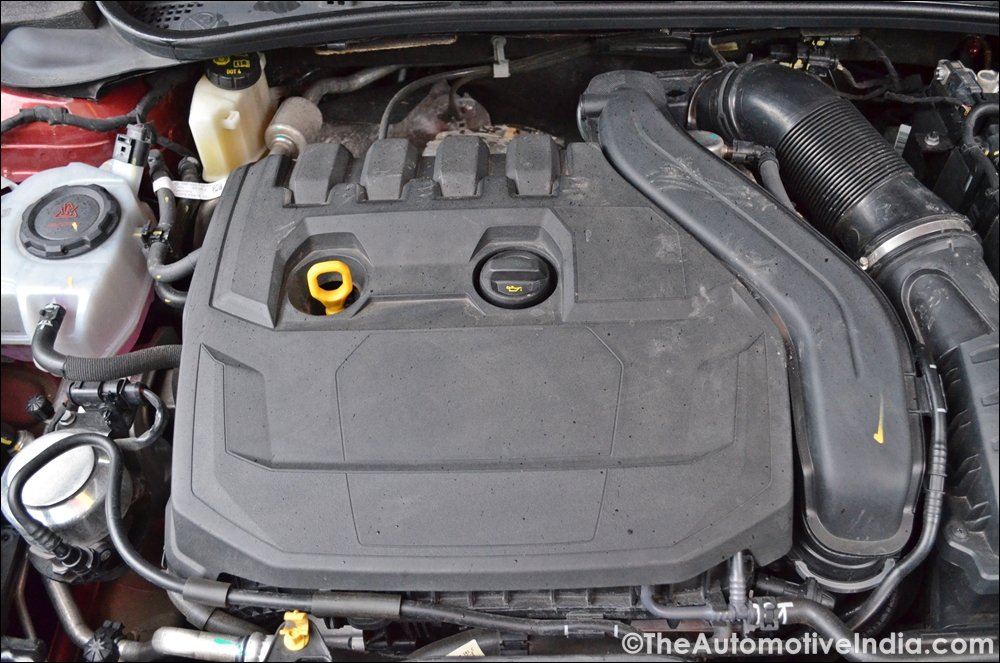


![Thumbs Up [thumbsup] [thumbsup]](https://www.theautomotiveindia.com/forums/images/smilies/Thumbs%20Up.png)
![Thumbs Down [thumbsdown] [thumbsdown]](https://www.theautomotiveindia.com/forums/images/smilies/Thumbs%20Down.gif)




